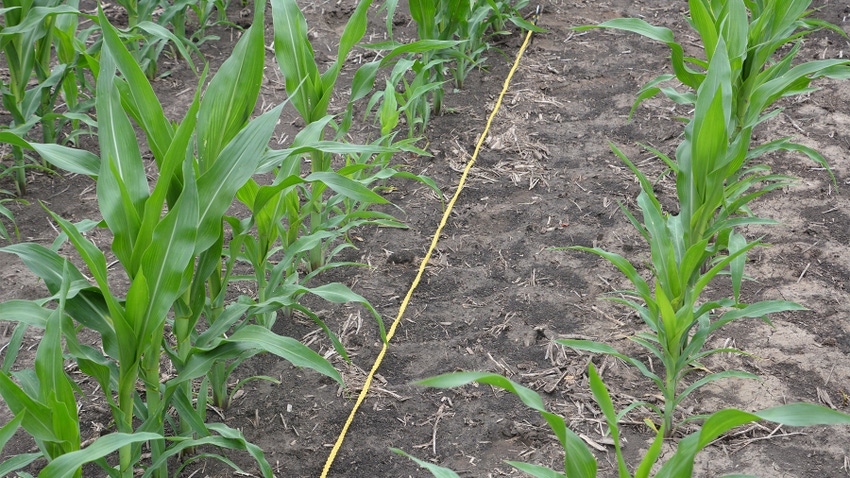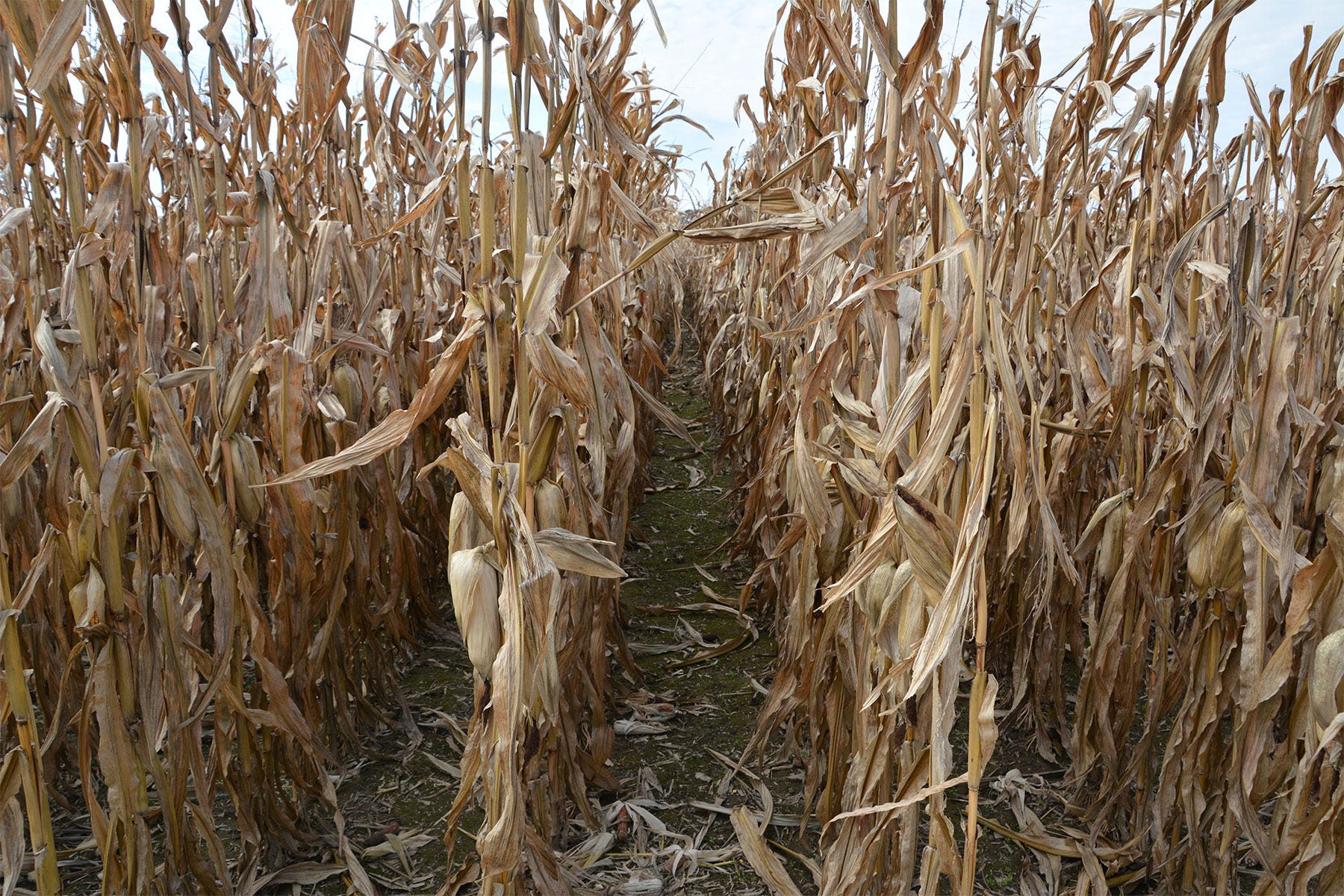
Want to make more money on every corn acre in 2024? Dan Quinn says a good place to start is by reviewing lessons learned in 2023. You can pick up observations that could help fine-tune management decisions and produce more net income from corn in ’24.
Quinn, Purdue Extension corn specialist, assisted with the Purdue-Indiana Prairie Farmer corn trial at Throckmorton Ag Center near Romney, Ind. The goal was to study potential impact on yield by varying planting depth and down pressure applied at planting. While Quinn will summarize full results separately, one observation is worth adding to your knowledge now.
Take ear counts
Here is a closer look at a key observation from 2023:
“Final ear count is definitely worth taking just before harvest,” Quinn says. “Several people take stand counts early in the season to see how emergence performed. Fewer take stand counts just before harvest. And fewer still take ear counts.”
Yet Quinn believes ear counts are very important, whether you have a trial in the field or not.

FINAL VERDICT: Dan Quinn believes what counts most is ears per acre at harvest. Not every plant counted early in the season produces an ear. If it doesn’t, you need to determine why.
“We took stand counts in late July across each plot of the trial because we wanted to evaluate whether changing planting depth and down-pressure settings impacted emergence,” Quinn says. “We found some differences. We also noticed that some plants seemed to be a growth stage behind, especially in certain treatments.
“Sometimes plants that emerge late don’t produce ears. So, we wanted an ear count at harvest to get a handle on barren plants versus how many plants produced ears. After all, it is ears per acre that means most toward final yield, not just plants per acre.”
What Quinn discovered was that ear counts were relatively uniform over the treatments in this case. There did not appear to be a big drop-off in ears per acre, as one might have expected. He acknowledges that in this trial, they did not attempt to match up ears with late-emerging plants. So, some ears from late emergers could have been smaller than other ears.
Search for ‘Why?’
In cases where ear count is lower than early or midseason stalk counts, start investigating, Quinn suggests. “If some plants were barren, why were they barren?” he asks. “If the population was very thick, say 36,000 plants per acre or more, it could be due to stress from high population — especially since we had very dry stretches during the growing season.”
If some plants were late emergers, it could be that one or more late-emerging plants became weeds and never produced an ear. That’s another reason why more growers flag one or more 1/1,000-acre plots by emergence each spring. They want to know if plants that come up late produce ears. And if they do, are they as big as other ears, or are they smaller?
You can learn a lot from ear counts, Quinn concludes. Then, you can take that information and combine it with other facts in your knowledge base to tweak your management plans for 2024.
About the Author(s)
You May Also Like




